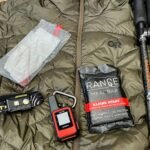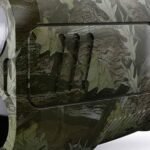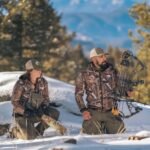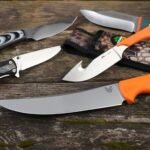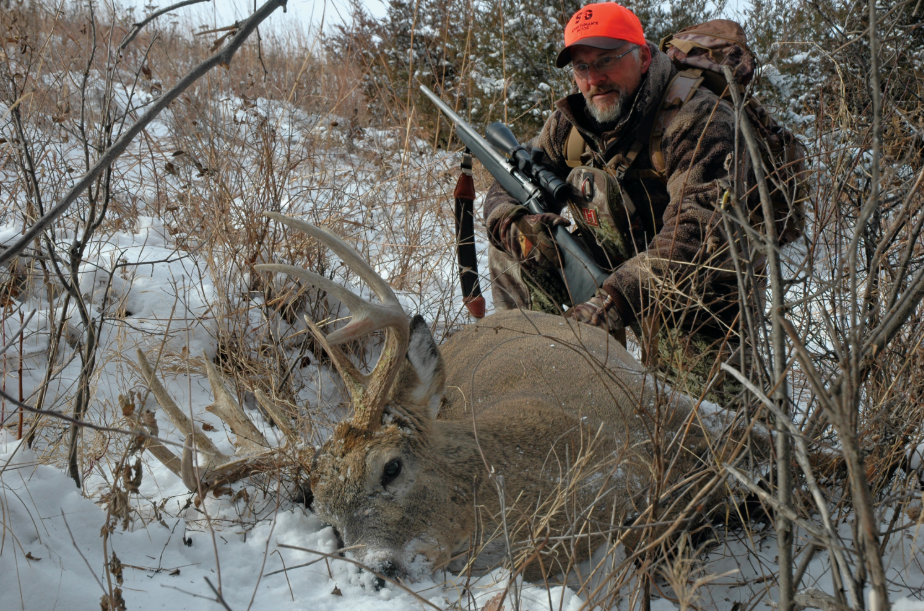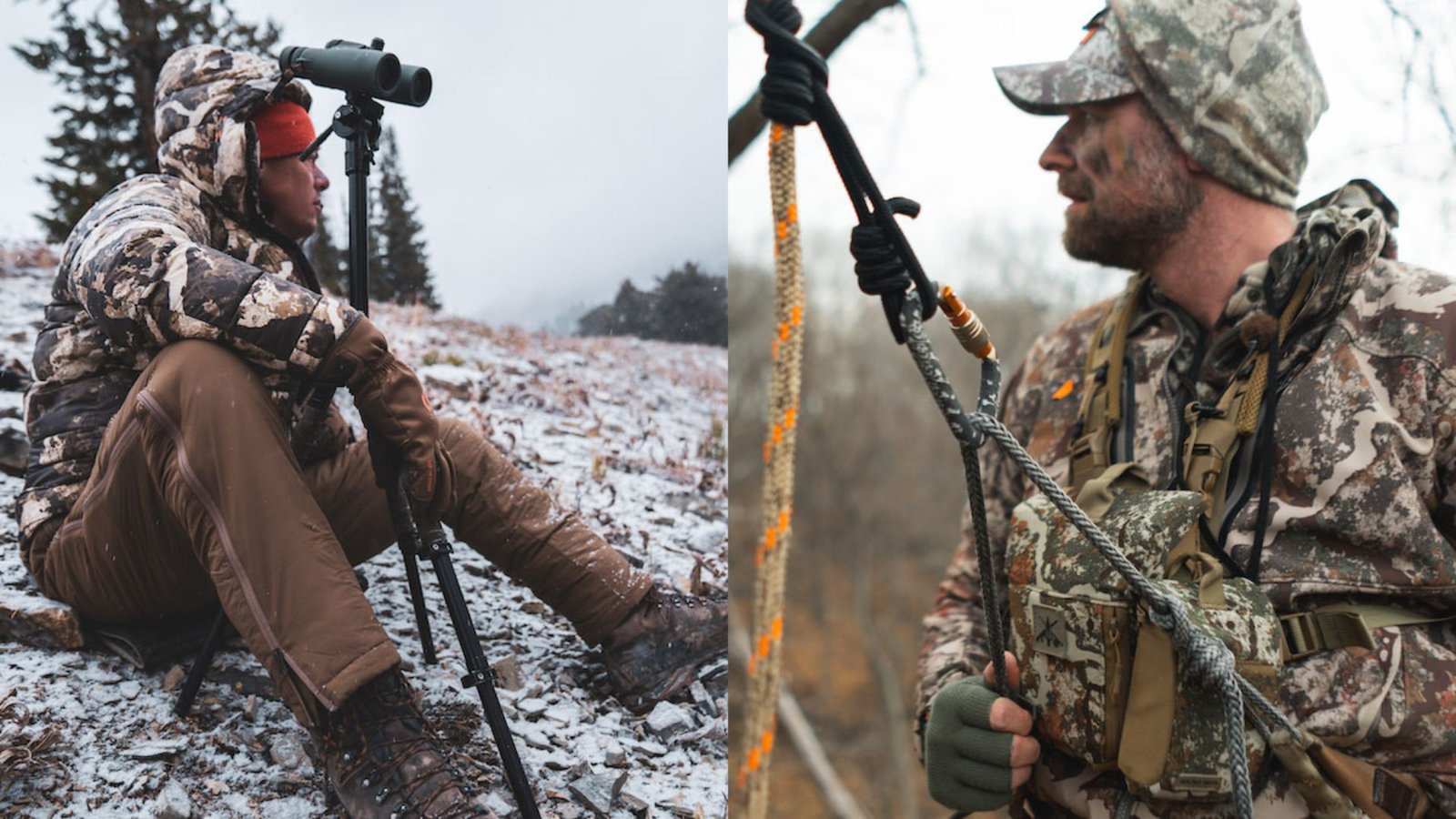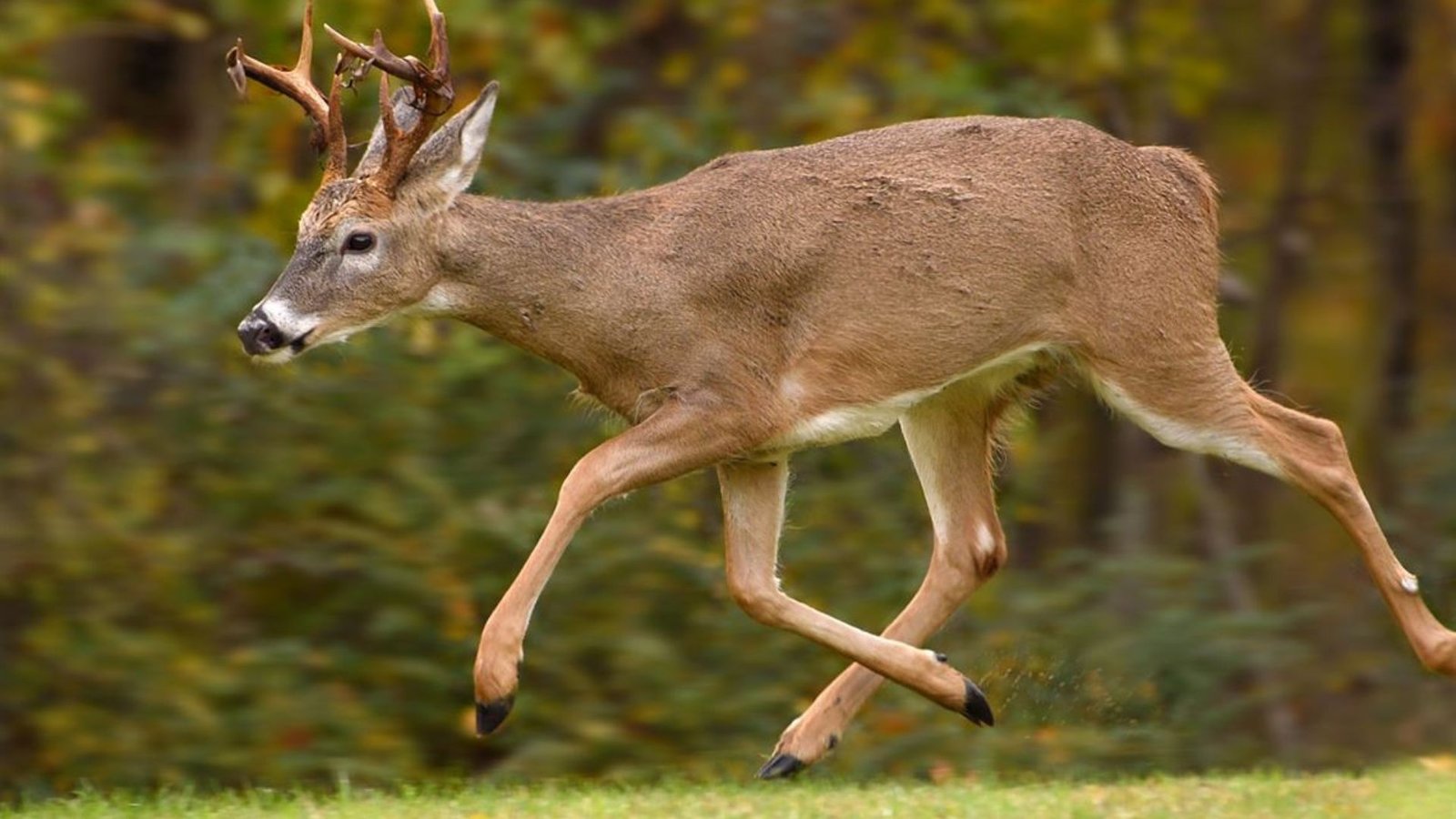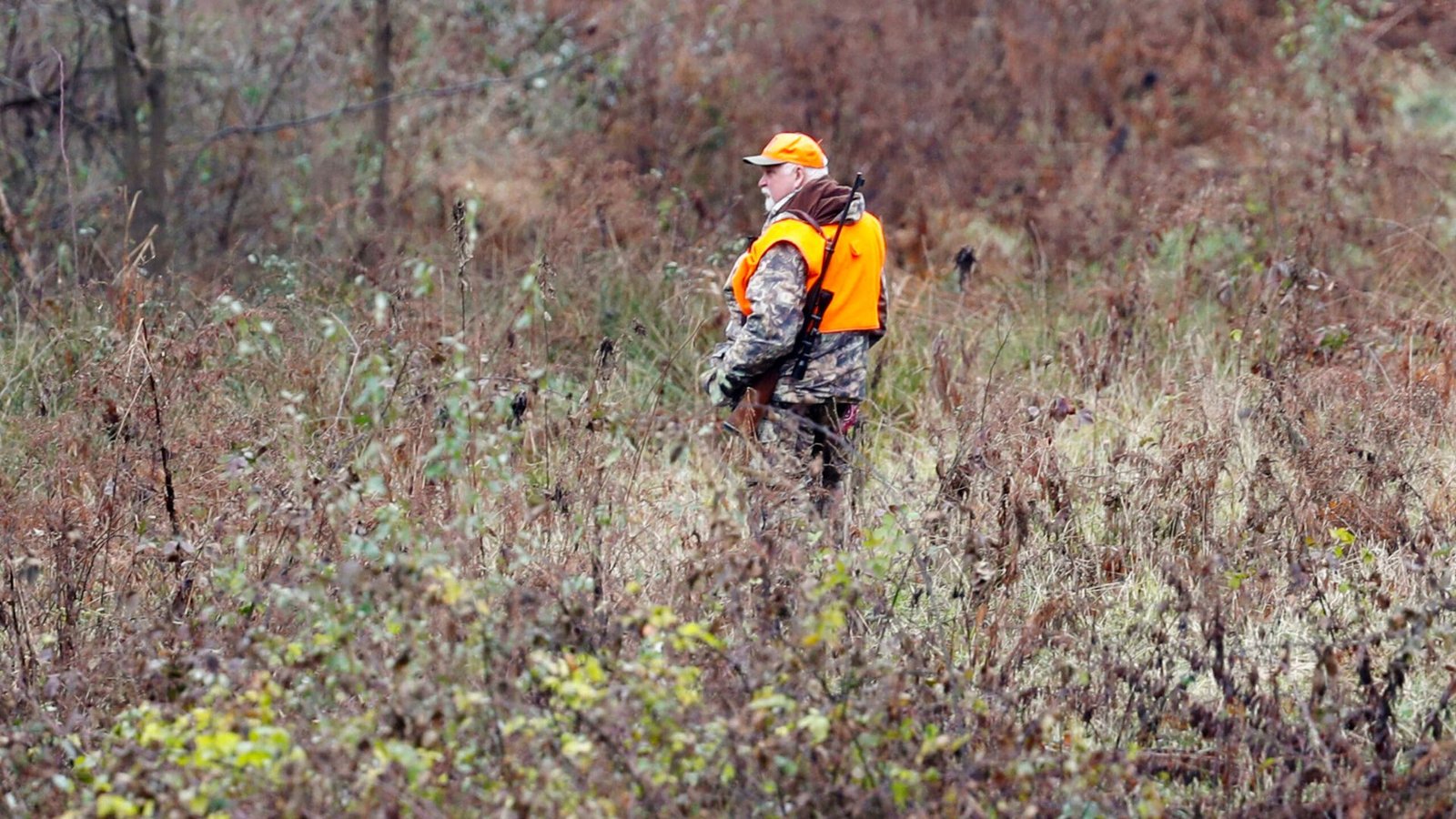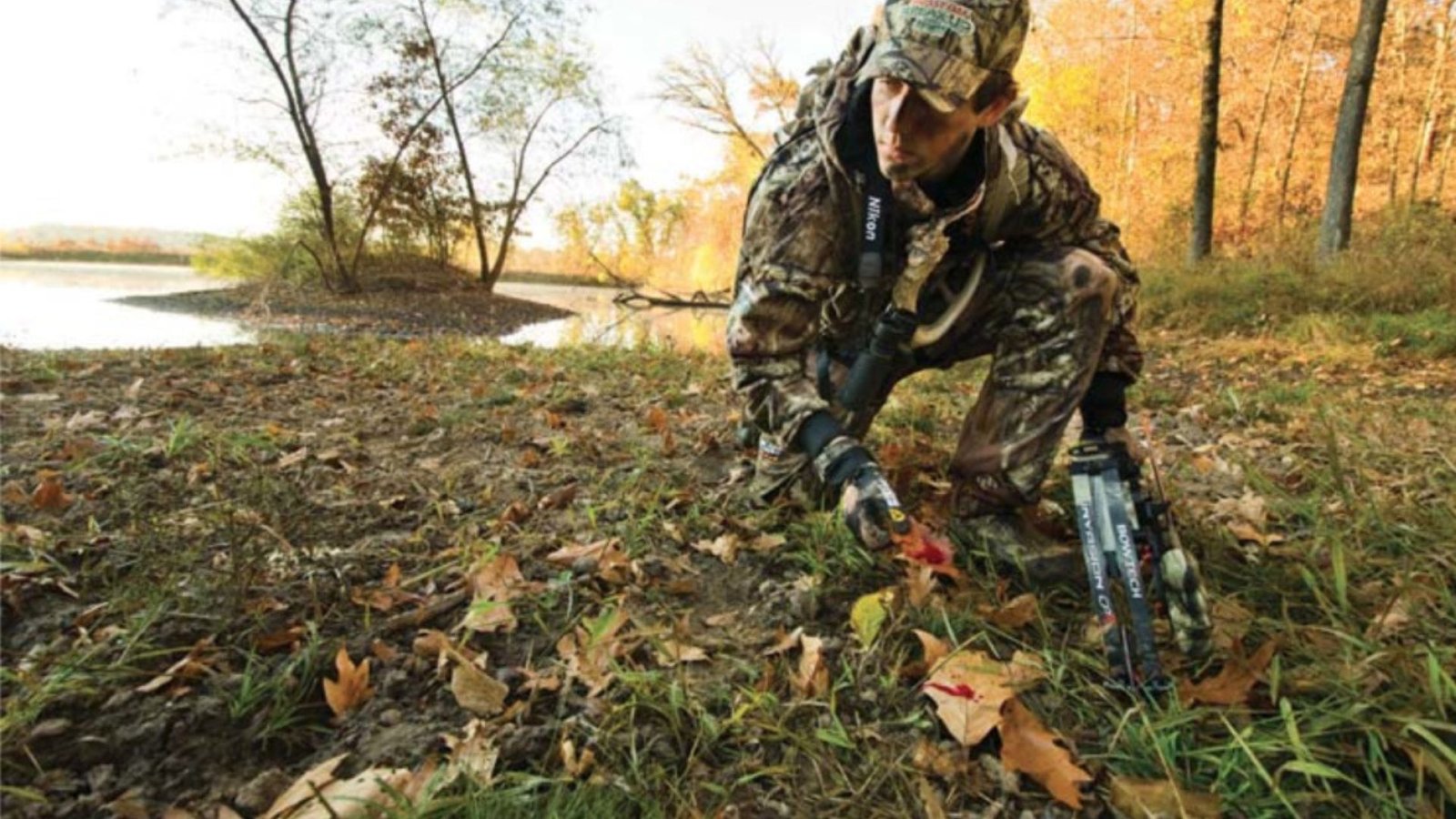When hunting or tracking deer, recognizing and understanding the different types of deer tracks is vital. Deer tracks can tell you not only where the animal has been, but also provide insights into its size, age, and behavior. Learning to read deer tracks is an essential skill for hunters and nature enthusiasts. In this article, we will explore the different types of deer tracks and what they can reveal about the animal.
1. The Basic Shape of Deer Tracks
Deer tracks typically have a heart-shaped appearance with two prominent toes. The size and shape of the track can vary depending on the species of deer, the terrain, and the weather conditions. The front portion of the track is pointed, and the back tapers off into a rounded shape. This distinctive shape is often referred to as a “split-hoof” track.
2. White-Tailed Deer Tracks
White-tailed deer are one of the most common deer species in North America. Their tracks are typically 2 to 2.5 inches long and about 2 inches wide. The tracks of a white-tailed deer are usually shaped like a heart or a teardrop, with a noticeable point at the front. White-tailed deer tracks are generally easy to identify due to their consistent shape and relatively small size compared to other species.
3. Mule Deer Tracks
Mule deer tracks are slightly larger than white-tailed deer tracks, with lengths ranging from 2.5 to 3 inches. Mule deer have a more elongated track shape, and their hooves tend to be more oval-shaped than the more rounded white-tailed deer hooves. These tracks are common in Western parts of North America. The mule deer’s larger hooves help them navigate rocky and mountainous terrain more effectively.
4. Black-Tailed Deer Tracks
Black-tailed deer are closely related to mule deer and share some similarities in their tracks. However, black-tailed deer tracks are often smaller, typically ranging from 2 to 2.5 inches long. The track shape is also similar to that of the mule deer but slightly more compact. These tracks are common in coastal regions of the Pacific Northwest.
5. Key Differences in Track Size
The size of the track can give you valuable information about the age and size of the deer. Larger tracks typically belong to older or more mature deer. A mature white-tailed buck, for example, may leave tracks over 3 inches in length, while younger or smaller deer will leave tracks closer to 2 inches long. Similarly, the tracks of a mature mule deer may exceed 3 inches in length, while younger ones will have smaller tracks.
6. Identifying Gait and Movement from Tracks
The way deer move is often revealed in their tracks. When a deer is walking, the tracks will typically show an alternating pattern as the animal steps forward. If the tracks are spaced closely together, it may indicate that the deer is moving at a trot. Tracks with wider spacing usually suggest that the deer is running. By paying attention to the spacing and depth of the tracks, you can determine the deer’s movement speed and its general activity.
7. Tracking Fresh vs. Old Tracks
Fresh tracks are easy to identify because the edges of the track will be sharp and clear. The ground surrounding the track will show little sign of disturbance, and the tracks will often still have a slight depression or moisture around them. Older tracks, on the other hand, may appear faded, with softer or uneven edges. Over time, wind, rain, and other elements will cause older tracks to deteriorate, making them harder to distinguish.
8. Seasonal Variations in Tracks
Seasonal changes can impact the appearance of deer tracks. During winter, deer hooves may leave deeper impressions due to the frozen ground or snow. In spring and summer, the ground is softer, and the tracks may be shallower. Rain can also affect the quality of the tracks; wet conditions create clearer, deeper tracks, while dry conditions may result in more shallow and faded impressions.
9. Signs to Look for Along with Tracks
In addition to the tracks themselves, there are other signs that can help you identify the presence of deer. Look for scat, chewed vegetation, or areas where the deer have rubbed their antlers on trees. These signs can help you determine the species of deer you’re tracking and provide additional information on their behavior, such as feeding or marking territory.
10. How to Record and Follow Tracks
When you find a deer track, it’s important to record your observations accurately. Use a notebook or phone camera to document the size, shape, and orientation of the tracks. Mark the direction of travel and take note of any environmental factors like the wind direction or the time of day. Following tracks for an extended period may require patience, but it will lead to greater success over time.
Conclusion
Understanding the different types of deer tracks is an essential skill for anyone involved in hunting or wildlife observation. By recognizing the size, shape, and condition of the tracks, you can gain valuable insights into the movements, habits, and health of the deer. As you spend more time in the field, you’ll become better at interpreting deer tracks and improving your chances of success during your hunting trips.



